Filter by
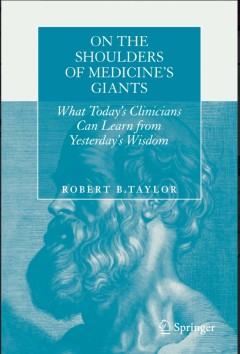
On the Shoulders of Medicine's Giants
Medical history offers us many wise thoughts, a few misguided notions, and a host of intriguing back-stories. On the Shoulders of Medicine’s Giants presents a selection of these, and tells how the words of medicine’s “giants”—such as Hippocrates, Sir William Osler, Francis Weld Peabody, and Elizabeth Kübler-Ross—are relevant to medical science and practice in the 21st century. Whi…
- Edition
- 1
- ISBN/ISSN
- 978-1-4939-1334-3
- Collation
- XIV, 251
- Series Title
- -
- Call Number
- -
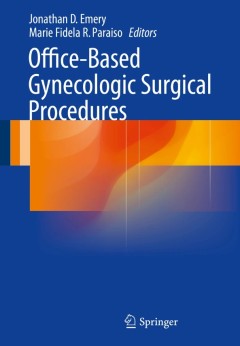
Office-Based Gynecologic Surgical Procedures
Recent trends in medicine have pushed many gynecologic procedures to the outpatient setting, whether in-office, in small medical ambulatory surgery centers, or in procedure rooms. Office-Based Gynecologic Surgical Procedures covers both basic and advanced procedures, from biopsy and saline ultrasound to cystoscopy. It answers the "How?", "What?", and "When?" of setting up, preparing for, and co…
- Edition
- 1
- ISBN/ISSN
- 978-1-4939-1413-5
- Collation
- X, 237
- Series Title
- -
- Call Number
- -
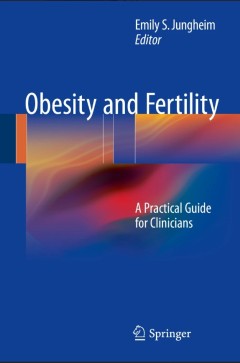
Obesity and Fertility: A Practical Guide for Clinicians
This book outlines the current understanding of how obesity affects female reproductive function across the lifespan. Topics include physiology of the menstrual cycle and early pregnancy, best practices in the delivery of contraceptive and prenatal care and healthcare policy that weighs the evidence in appropriate balance with principles that respect women’s rights. Special attention is devot…
- Edition
- 1
- ISBN/ISSN
- 978-1-4939-2610-7
- Collation
- XI, 201
- Series Title
- -
- Call Number
- -
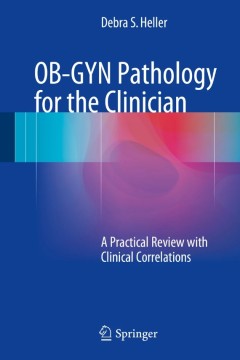
OB-GYN Pathology for the Clinician
This book fills the gap in understanding of pathology of the female genital tract that is often understated during training. Normal histology and pathology of abnormal conditions are covered for the lower and upper genital tract, in a concise manner with over 200 color illustrations. Topics include this covers inflammatory diseases, iatrogenic conditions, changes associated with menopause, and …
- Edition
- 1
- ISBN/ISSN
- 978-3-319-15421-3
- Collation
- XVIII, 254
- Series Title
- -
- Call Number
- -
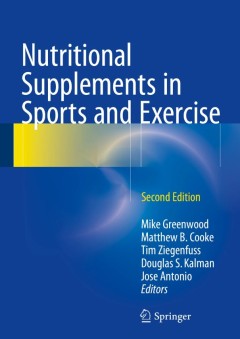
Nutritional Supplements in Sports and Exercise
This new text presents the most up-to-date research based information regarding popular sport/performance nutrient dense diets and nutritional supplements and their constituents that directly or indirectly utilize them. Previous chapters have been fully revised and new chapters have been added to cover important cutting edge topics. New chapters include: (1) Carbohydrate Utilization and Disposa…
- Edition
- 2
- ISBN/ISSN
- 978-3-319-18229-2
- Collation
- XXVIII, 385
- Series Title
- -
- Call Number
- -
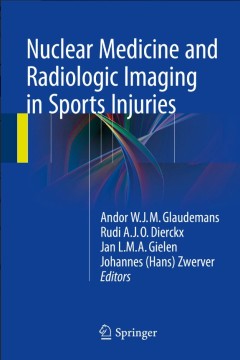
Nuclear Medicine and Radiologic Imaging in Sports Injuries
This comprehensive book describes in detail how nuclear medicine and radiology can meet the needs of the sports medicine physician by assisting in precise diagnosis, clarification of pathophysiology, imaging of treatment outcome and monitoring of rehabilitation. Individual sections focus on nuclear medicine and radiologic imaging of injuries to the head and face, spine, chest, shoulder, elbow a…
- Edition
- 1
- ISBN/ISSN
- 978-3-662-46490-8
- Collation
- XVII, 1162
- Series Title
- -
- Call Number
- -
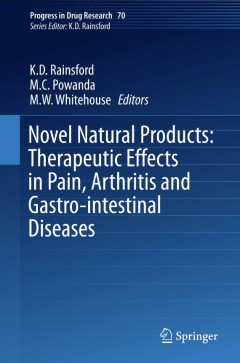
Novel Natural Products: Therapeutic Effects in Pain, Arthritis and Gastro-int…
- Edition
- 1
- ISBN/ISSN
- 978-3-0348-0927-6
- Collation
- VII, 286
- Series Title
- Progress in Drug Research
- Call Number
- -
- Edition
- 1
- ISBN/ISSN
- 978-3-0348-0927-6
- Collation
- VII, 286
- Series Title
- Progress in Drug Research
- Call Number
- -
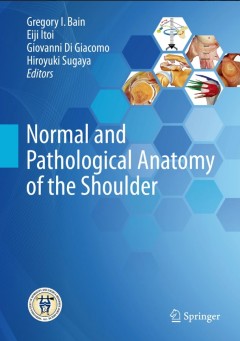
Normal and Pathological Anatomy of the Shoulder
This cutting-edge monograph on advanced clinical anatomy and pathoanatomy of the shoulder, written by the world’s leading authors, reflects recent significant advances in understanding of anatomy and pathology. It is beautifully illustrated with exquisite photographs of anatomical specimens, and images from arthroscopy, histology, and radiology complete the picture. The accompanying text b…
- Edition
- 1
- ISBN/ISSN
- 978-3-662-45718-4
- Collation
- XI, 424
- Series Title
- -
- Call Number
- -
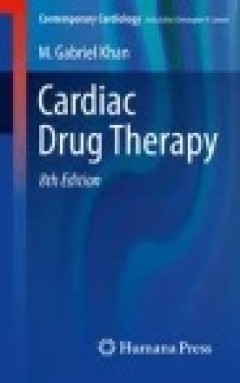
Cardiac Drug Therapy
This book is an essential guide to the medical treatment of the cardiac patient and presents core principles of cardiovascular therapeutics as well as drug recommendations. Major classes of drugs are featured, including beta-blockers, ACE inhibitors, calcium antagonists, diuretics, and antiplatelet agents and unique insights into the controversies surrounding the use of specific drugs are explo…
- Edition
- -
- ISBN/ISSN
- -
- Collation
- -
- Series Title
- -
- Call Number
- 610
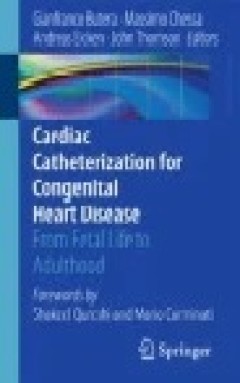
Cardiac Catheterization for Congenital Heart Disease
This handbook is an ideal, up-to-date guide to the application of catheter-based interventions across the entire patient age range, from fetal life through to adulthood. Clear instruction is offered on techniques of vascular access, valve dilatation, angioplasty, stent implantation, defect closure, defect creation, pulmonary valve implantation and the hybrid approach, as well as miscellaneous o…
- Edition
- -
- ISBN/ISSN
- 978-88-470-5681-7
- Collation
- -
- Series Title
- -
- Call Number
- 610
 Computer Science, Information & General Works
Computer Science, Information & General Works  Philosophy & Psychology
Philosophy & Psychology  Religion
Religion  Social Sciences
Social Sciences  Language
Language  Pure Science
Pure Science  Applied Sciences
Applied Sciences  Art & Recreation
Art & Recreation  Literature
Literature  History & Geography
History & Geography